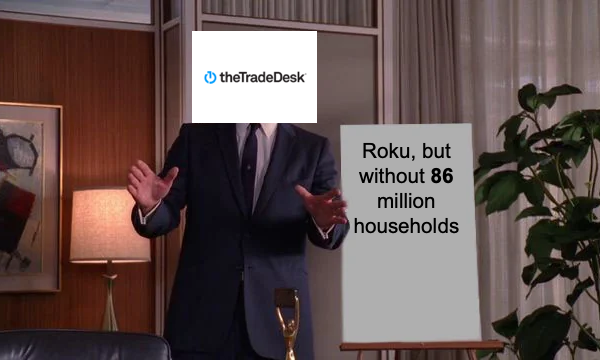Eight big questions re: TV news:
1) How do Americans consume news?
2) What share of Americans closely follow the news?
3) Which cable networks had the largest primetime audience?
4) Which broadcast news had the largest evening audience?
5) How many people watch local broadcast news?
6) Who are the highest-paid TV news anchors?
7) What is the partisanship for each cable network’s audience?
8) Does the public trust TV news?
Big question #1: How do Americans consume news?
Share of adults who often/sometimes get news by platform, according to Pew:
1) Digital – 85%
2) Television – 62%
3) Radio – 51%
4) Print – 37%

The preferred platform for getting news:
1) Digital – 58%
2) Television – 27%
3) Radio – 6%
4) Print – 5%

Why this matters: TV’s share of news consumption has been declining for several years due to digital. This shift is straining legacy TV network’s business models.
What’s next #1: Strained business models lead to cost-cutting. Newsrooms have been shrinking due to layoffs. The next move is a reduced salary paid to talent (anchors, etc.).
What’s next #2: The risk/reward for top talent is starting to invert to the point where they are better off going direct-to-consumer through streaming.
Quote from Sara Fischer – Senior Media Reporter @ Axios:
“Given traditional TV’s downward trajectory, stars see digital entrepreneurship as a better way to stay relevant.”
Quote from Tucker Carlson – Founder @ the Tucker Carlson Network:
“I think the two big lessons of the last few years are that streaming will dominate news, if it isn’t already, and that it’s essential to have some insulation from advertising pressure if you’re going to do it honestly.”
Flashback: Is More News (Fragmentation) Good News?
Big question #2: What share of Americans closely follow the news?
Share of U.S. adults who say they closely follow the news, according to Pew:
1) 2016 – 51%
2) 2017 – 49%
3) 2018 – 52%
4) 2019 – 46%
5) 2020 – 45%
6) 2021 – 37%
7) 2022 – 38%

Big question #3: Which cable networks had the largest primetime audience?
Cable news networks by primetime audience (YoY growth) according to Nielsen:
1) Fox News – 1.9M (↓ 19%)
2) MSNBC – 1.2M (↑ 0%)
3) CNN – 582K (↓ 20%)
Cable news networks by primetime audience (2021 vs. 2023) according to Nielsen:
1) MSNBC – ↑ 32%
2) Fox News – ↓ 18%
3) CNN – ↓ 26%

Big question #4: Which broadcast news had the largest evening audience?
Network news by evening audience (YoY growth) according to Pew:
1) ABC – 7.6M (↑ 4%)
2) NBC – 6.7M (↑ 4%)
3) CBS – 4.8M (↑ 2%)

Big question #5: How many people watch local broadcast news?
Total local broadcast evening news audience (YoY growth) according to Pew:
1) 2016 – 4.1M
2) 2017 – 3.9M (↓ 6%)
3) 2018 – 3.3M (↓ 41%)
4) 2019 – 3.6M (↑ 8%)
5) 2020 – 3.7M (↑ 4%)
6) 2021 – 3.1M (↓ 17%)
7) 2022 – 3.1M (↑ 1%)

Big question #6: Who are the highest-paid TV news anchors?
Highest paid TV news anchors according to The Ankler:
1) Rachel Maddow (MSNBC) – $30M
2) Sean Hannity (Fox News) – $25M
3) Anderson Cooper (CNN) – $20M+
4) Robin Roberts (ABC) – $18M
5) George Stephanopoulos (ABC) – $15M

Big question #7: What is the partisanship for each cable network’s audience?
Quick answer: Fox News has the most diverse audience, with 36% being Independents or Democrats.

Big question #8: Does the public trust TV news?
Quick answer: 32% of Americans have “a great deal” or “a fair amount” of trust in mass media.
Trust in media by party, according to Gallup:
1) Democrat – 58%
2) Independent – 29%
3) Republican – 11%

Interesting: The Washington Post and YouGov examine which news outlets are trusted based on partisanship.




